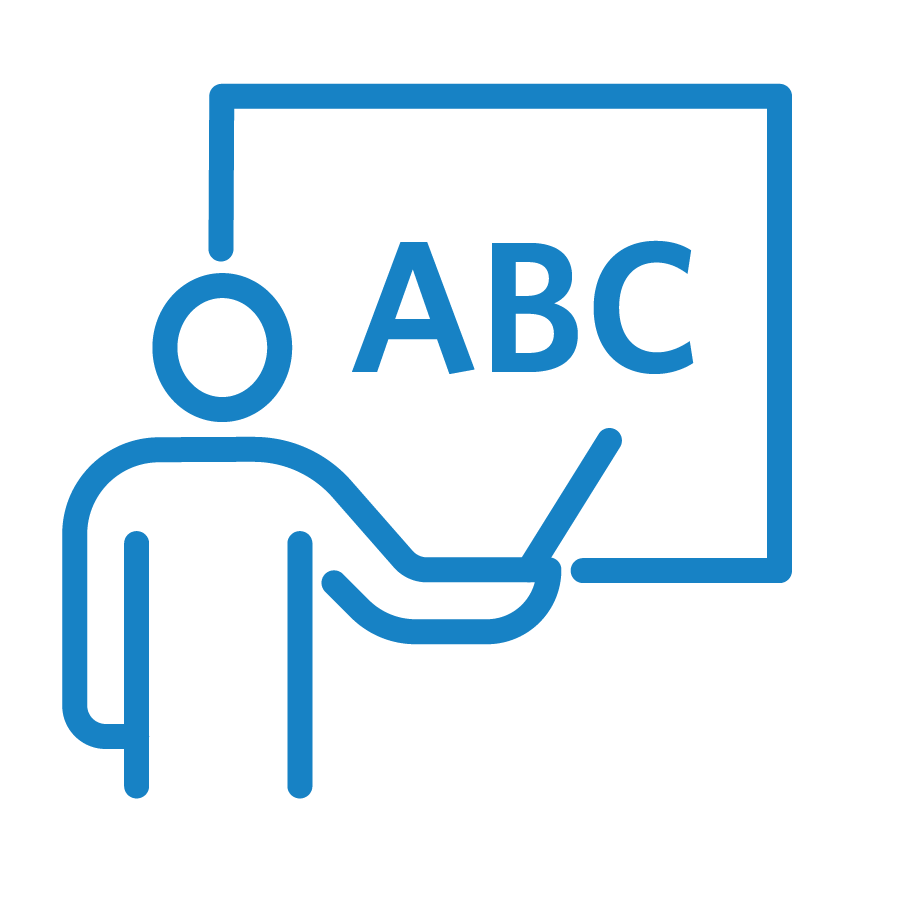Filter resources by:
Select a filter from the drop down menu to apply the filter. Page reloads upon selection
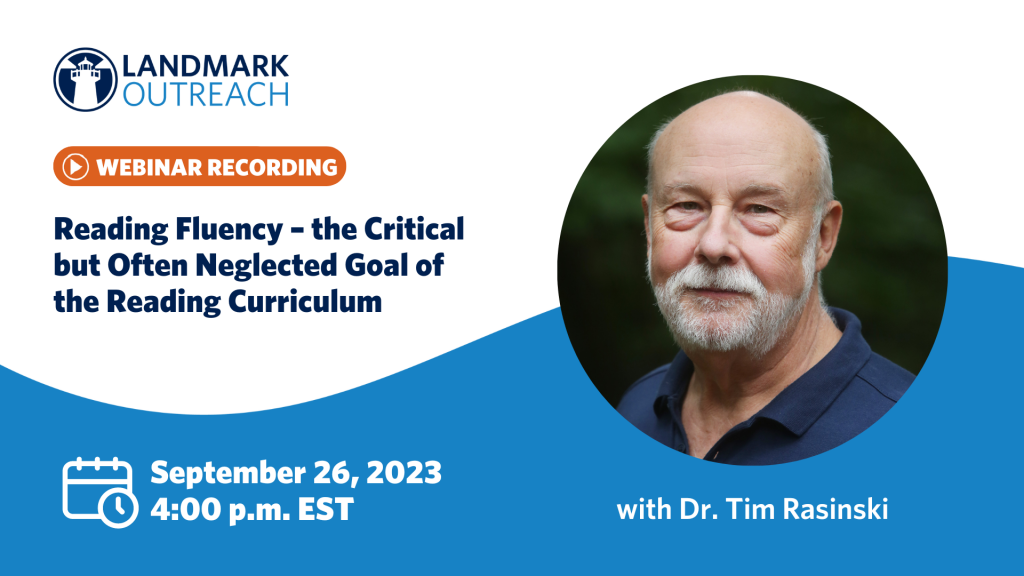
Aug 16, 2024
Must be logged in
Reading Fluency – the Critical but Often Neglected Goal of the Reading Curriculum with Dr. Tim Rasinski | Webinar Recording
Join Dr. Tim Rasinski as he shares approaches to assessing and monitoring reading fluency progress. Learn effective and engaging strategies for teaching this all-important reading component to move students toward better comprehension and greater proficiency in reading.
View Webinar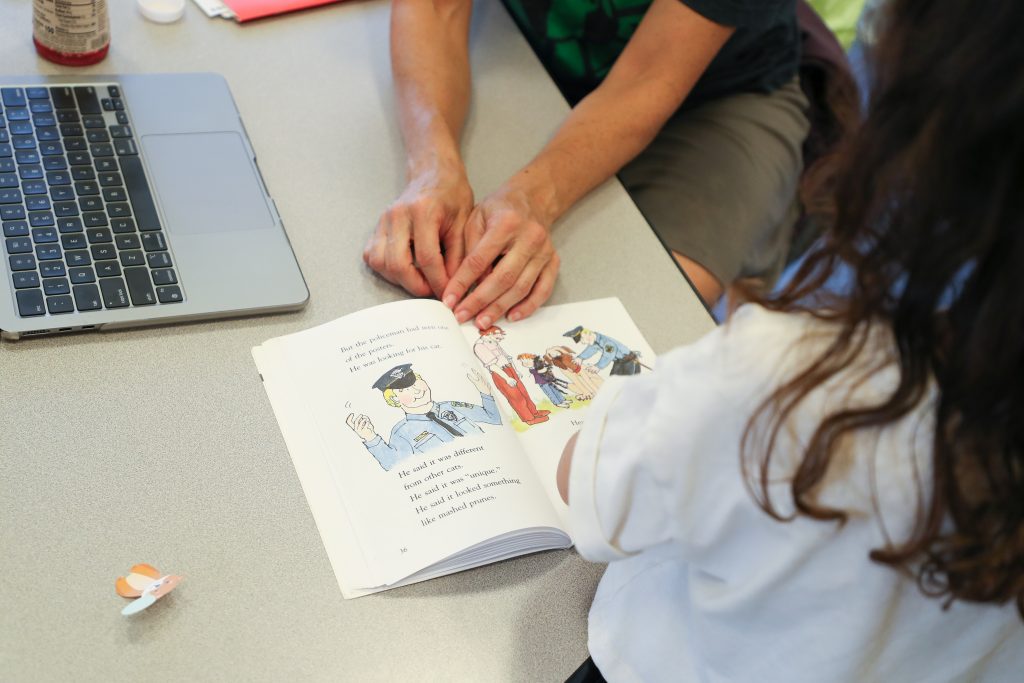
Aug 7, 2024
Chall’s Stages of Reading Development
Stage 0: Prereading: Approximately Birth to Age 6. In this stage, children “play” read. By being read to, they have begun to understand that books contain words that provide meaning. They may “read” books from memory, start demonstrating book-handling skills, and begin “writing” the alphabet. Stage 1: Initial Reading and Decoding: Approximately Ages 6-7 /
Read Strategy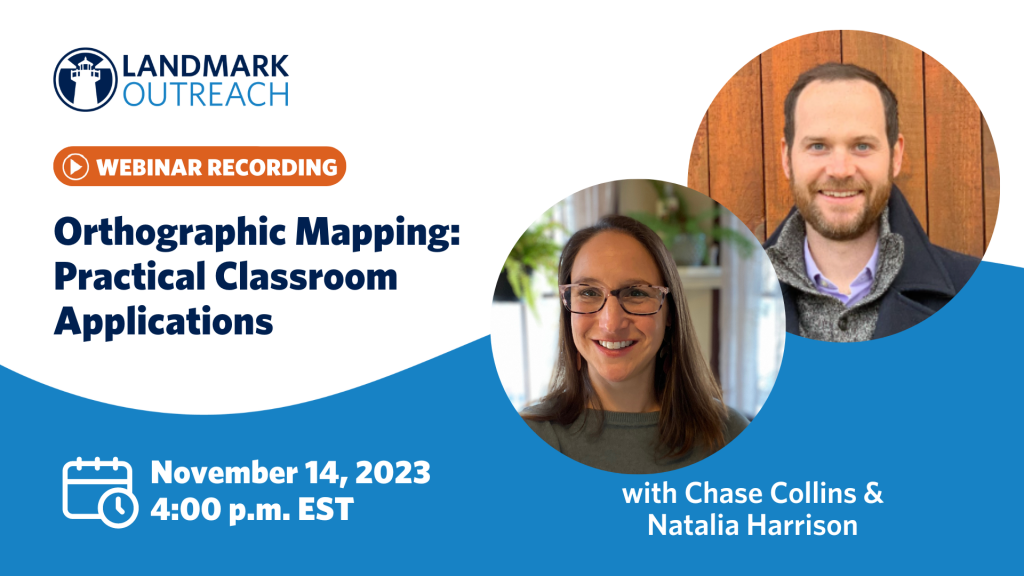
Aug 6, 2024
Must be logged in
Orthographic Mapping: Practical Classroom Applications | Webinar Recording
This webinar introduces the process of orthographic mapping and presents practical strategies for implementing it within the classroom.
View Webinar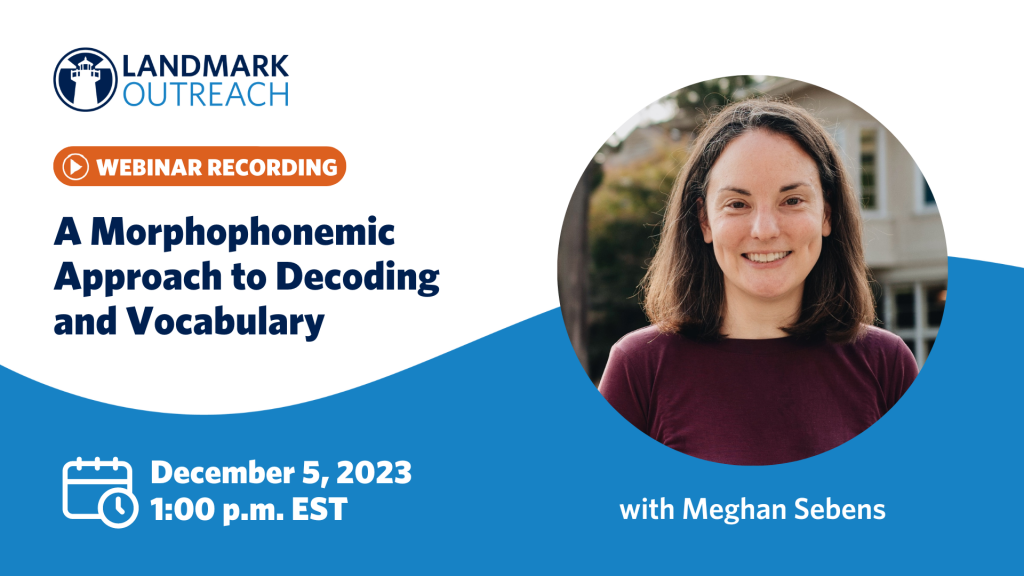
Jul 30, 2024
Must be logged in
A Morphophonemic Approach to Decoding and Vocabulary | Webinar Recording
This webinar discusses the reasons behind the complexities of the English language and provides approaches to help your students develop word analysis skills.
View Webinar
Jul 29, 2024
Use Multisensory Approaches
Consider these suggestions for implementing multisensory instruction: 1. Get students moving When asking students to brainstorm information, instead of handing students a blank sheet of paper, try a Round-Robin Brainstorm. Post large pieces of paper with different topic ideas on the classroom walls. Place students in small groups to generate knowledge and questions on each
Read Strategy
Jun 27, 2024
Teaching the Elaborated Paragraph
The Topic An elaborated paragraph begins with a topic sentence that needs the support of clear, logical ideas. Teachers can cue students for the topic sentences with a question. For example: Question: Is recycling beneficial to the environment? Topic Sentence: Recycling is beneficial to the environment. The Body The body of an elaborated paragraph supports
Read Strategy
Jun 10, 2024
Why DEIB Matters to Landmark Outreach
Unfortunately, students from marginalized social groups are often misidentified in consideration for special education services. Studies primarily indicate an overrepresentation of students of color, raising questions about bias. When Black students qualify for special education services, “there is evidence that they are more likely to be identified as intellectually disabled or behaviorally disordered rather than
Read Blog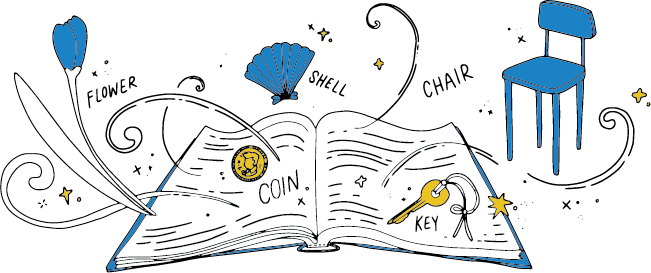
May 16, 2024
Must be logged in
Reading Guidebook
Download our newest resource, The Reading Guidebook, and learn what the science tells us about reading instruction and why it matters. Today in the United States, an elementary school student would have better odds of surviving the Titanic than becoming a competent reader. Even before the prolonged school closures introduced by COVID, most American students
Read Article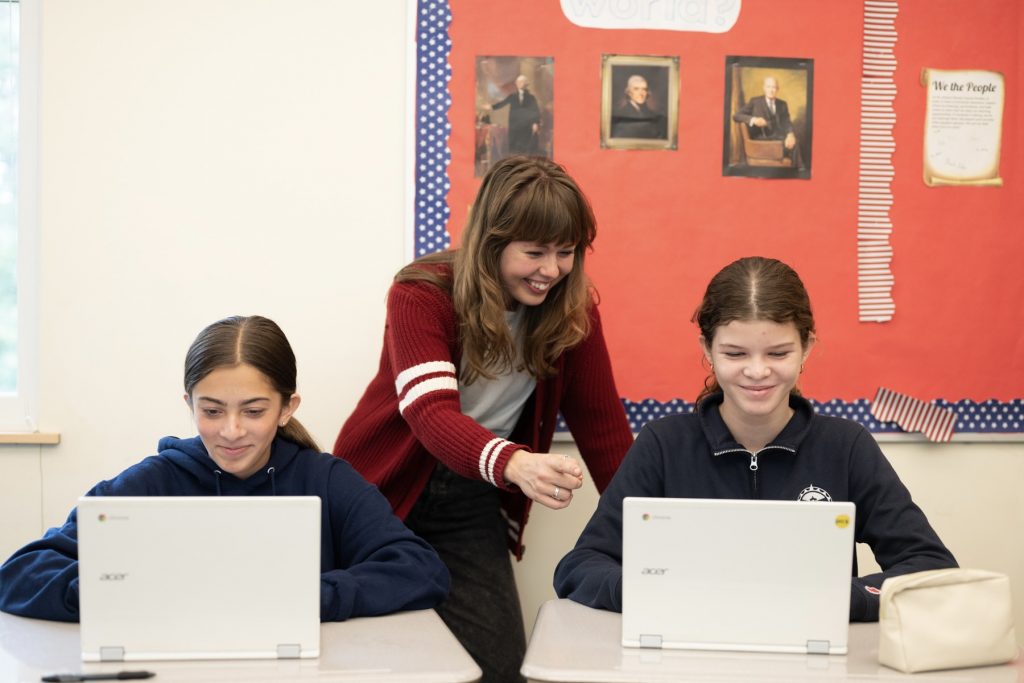
Apr 26, 2024
How Can Educators Use AI in the Classroom?
In fact, AI has been lingering in our periphery since 1997 when Garry Kasparov, a Russian chess grandmaster who had been victorious over both humans and computers throughout his career, was beaten by an IBM supercomputer with the whole world watching. People demonstrated the same polarized reactions to his loss that have emerged during the
Read Blog